Sapphire Radeon X550 Review
Sapphire Radeon X550
The Radeon X550 is addressing the budget end of the graphics market, but is it a false economy?
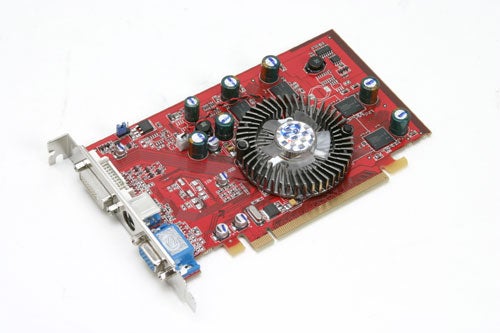
Verdict
Key Specifications
- Review Price: £52.00
Whether you play games or not, a graphics card is an essential part of your machine. Without it, your monitor lacks the ability to display anything at all! Unless you’re running a Linux server, this can hinder productivity considerably.
Generally speaking, if you aren’t a games player you could consider using onboard graphics, but this can have negative performance impacts such as decreasing system memory performance. However, the main issue is that onboard graphics are usually only available on budget chipsets and budget motherboards. This can hinder the overall performance of your system, or limit functionality with features such as RAID often missing. If you want to run dual monitors, you’ll also need to think again.
The better option is to buy a cheap discreet graphics card, and at £52, you’ll struggle to find one much cheaper than this Sapphire X550.
The X550 sounds like it should be an entirely new product range, but is incredibly similar to the X300. The X300 is built on a 0.11 micron fabrication process and is incredibly small, kicking out very little heat. With only four pixel pipelines and two vertex pipelines, it hardly sets itself up as a gamer’s dream.

The X300 has a 325MHz core and a 200MHz (400MHz effective) memory speed. Not all X300s are the same however. Some employ HyperMemory technology, which uses system memory to supplement the frame buffer. Most cards have a 128-bit memory bandwidth – but not all.
This X550 from Sapphire has 256MB of memory, with 128-bit memory bandwidth. It runs with a 400MHz core and 250MHz (500MHz effective) memory. It is fairly obvious, that the X550 is little more than a speed bump of the X300, bringing it closer to the speed and specifications of the X600.
However, Abit launched an X300SE which used 128-bit memory and was guaranteed to overclock to 405MHz on the core and 255MHz (510MHz effective) memory. This is in fact a higher speed than the X550! Not only this, but it is cheaper at a mere £37. We decided to use this for comparison, to see if it was worth spending the extra £15.
We tested both of our cards with our standard benchmark suite, which includes Doom 3, 3DMark 03/05, Far Cry, Half-Life 2. This was performed on an MSI K8N SLI Platinum motherboard, with an AMD FX55 processor and 1GB of Crucial Ballistix PC3200 memory.
Across all these tests, on average the Abit X300SE was five percent faster than the X550, which accounts for the slight clock speed difference. The big question is whether this card is good enough for games, or is it destined to be displaying PowerPoint presentations for the rest of its unnatural life.
Overall, you can forget about putting any anti-aliasing or anisotropic filtering on, the performance impact is huge and puts all our games into the unplayable bracket. You can also forget about any resolution over 1,024 x 768. At 1,024 x 768 with no AA or AF, Far Cry average of 38fps, which is certainly playable but you may get some jerky areas in the game. Doom 3 proved less impressive with an unplayable 21fps – but then this has never been a strong point for ATI hardware. Half-Life 2 however, was fine with 46fps. It is interesting to see the contrast between the ATI and nVidia sponsored titles. It’s also worth noting that the X300 card used was a 128MB model, illustrating how unnecessary the extra 128MB of memory on the X550 is – proving that a cheaper X550 could be achievable just by halving the memory complement.
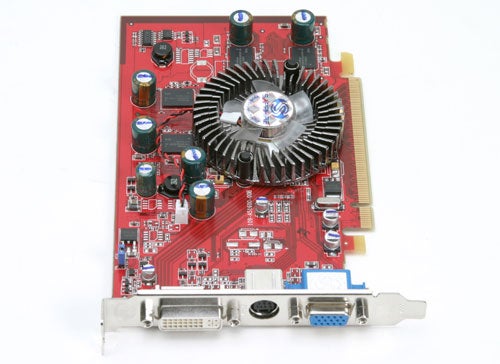
Sapphire has bundled a two channel version of PowerDVD and an adapter for S-Video to composite output. The card has DVI, D-Sub and S-Video output which makes it ready for dual monitors and TV output.
”’Verdict”’
This card is an obvious improvement over the original X300, but nothing spectacular. For the occasional (like once in a blue moon) game player, it just about suffices. In reality, it suits anyone who needs a stop gap measure while waiting to save up for a next generation card, or someone who needs a basic graphics card with dual monitor and TV output support.
If you want to play games, reach a little deeper in to your pocket and shell out for a GeForce 6600GT or a Radeon X800GT – either of these will suite your needs without breaking the bank, with the latter edging ahead of the former in our tests.
At £52, this X550 doesn’t really offer enough performance increase to choose it over the cheaper Abit RX300. They are both pretty poor at playing games and the extra £15 doesn’t get you much closer. With cards like the Abit X300SE offering guaranteed overclocked speeds that better an X550, all hands point in the Abit direction for the best value for money.
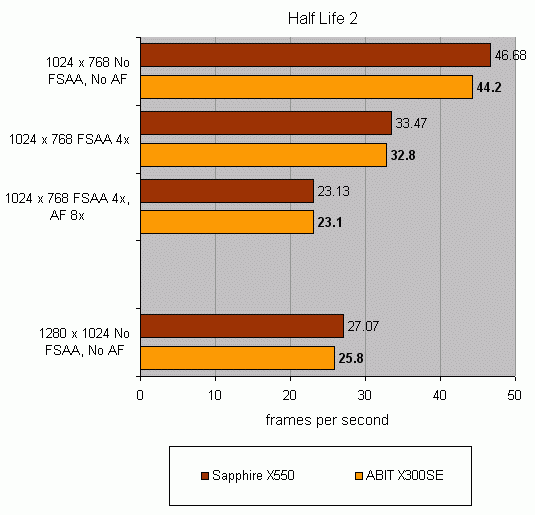
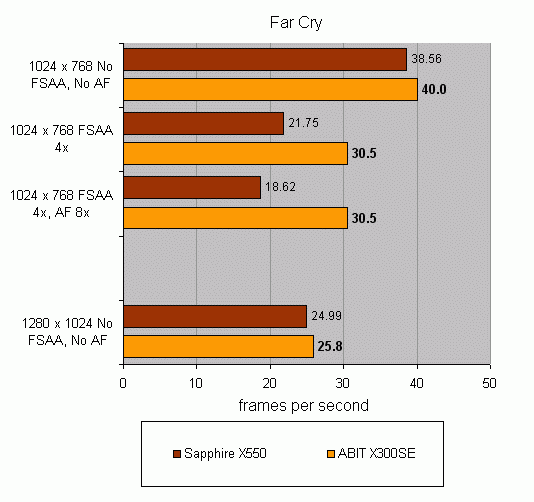

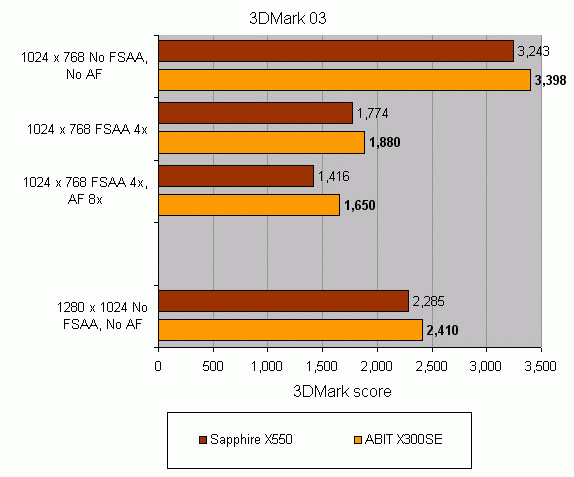
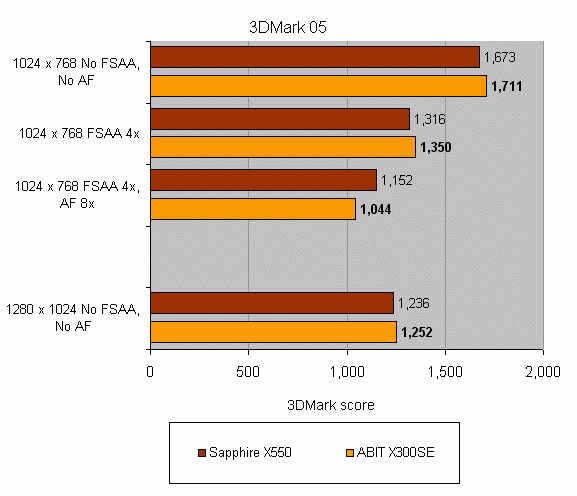
Trusted Score
Score in detail
-
Value 7
-
Features 5
-
Performance 4

